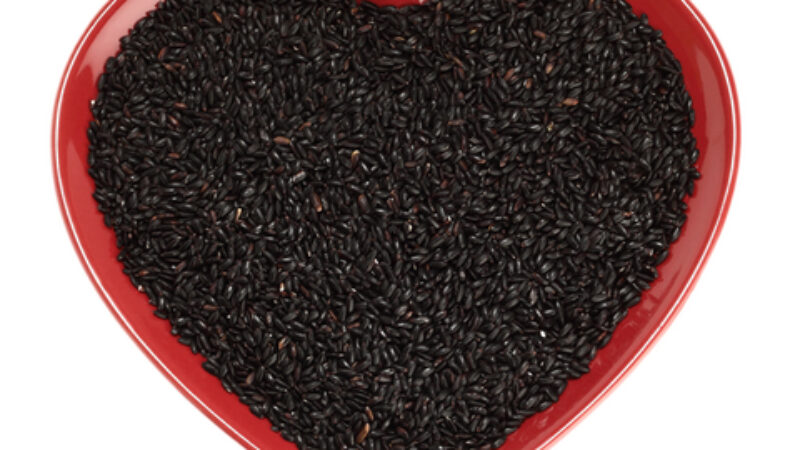Does the mention of nail fungus make you squirm? It needn’t. Nail fungus infection (medically known as onychomycosis) is a common condition that accounts for up to 50% of all nail problems.
When the infection affects the areas between the toes and the skin of the feet, it is called athlete’s foot (tinea pedis). The fungi most frequently implicated in nail infections are Trichophyton rubrum and Tricyphyton mentagraphyte. These fungi like warm, moist environments such as shoes, shower rooms and swimming pools. And although everyone is potentially susceptible, the immune system of a healthy body will successfully defend the body from an infection taking hold, even if the fungi come in contact with the skin or nail.
Nail fungus infections will typically exhibit these signs:
- Yellow, white or brown discoloration of the nail
- Brittleness
- Crumbling
- Mild thickening
Once your nail fungus infection has been identified and diagnosed, treatment can begin. At-home steps may include trimming nails and using a nail file to gently thin the nail and soften them with a cream containing urea. This helps to reduce the pressure on the nails as well as the associated pain.
Further treatment may also include a topical remedy such as Flexitol Antifungal Liquid. This maximum strength liquid contains 25% Undecylenic Acid, long been known to have anti-fungal properties and clinically proven to target and treat topical fungal infections including most athlete’s foot and to treat fungus growing on the nail bed. It also provides relief from itching, scaling, cracking, burning, redness, soreness, irritation and discomfort which may accompany these conditions.
Easy to use, Flexitol Antifungal Liquid comes with a brush-on applicator to “paint” under and around the affected toe to combat the fungus growing on the nail bed. Its formula is fast-drying, non greasy and fortified with urea, aloe, vitamin E, tea tree and eucalyptus oils for their anti-fungal and anti-microbial properties.
It’s important, however, to have realistic expectations. Successful treatment of nail fungus infections requires consistency and time. And the appearance of the nail will not return to its normal state until the damaged nail grows out and is replaced by a healthy nail.




